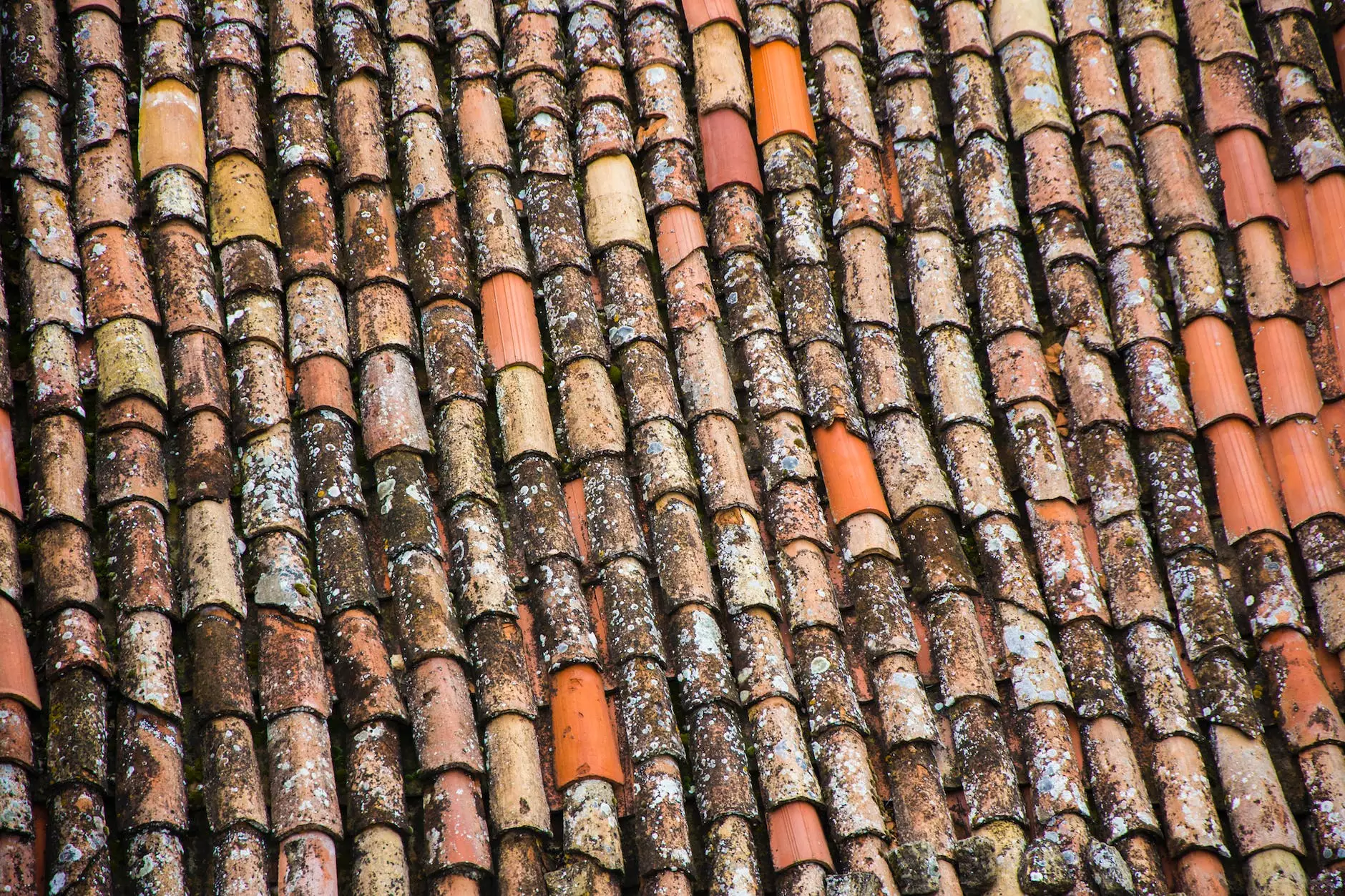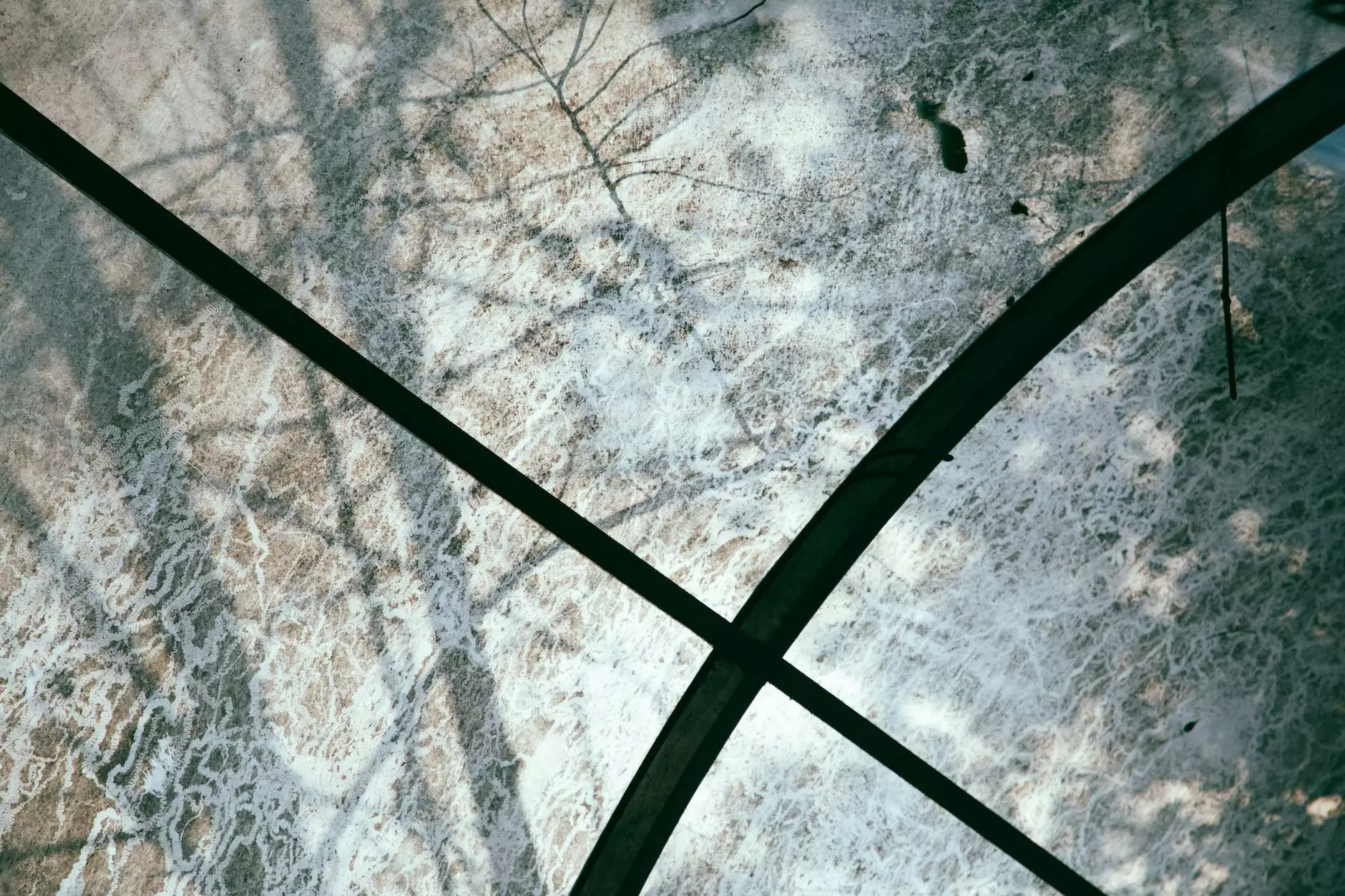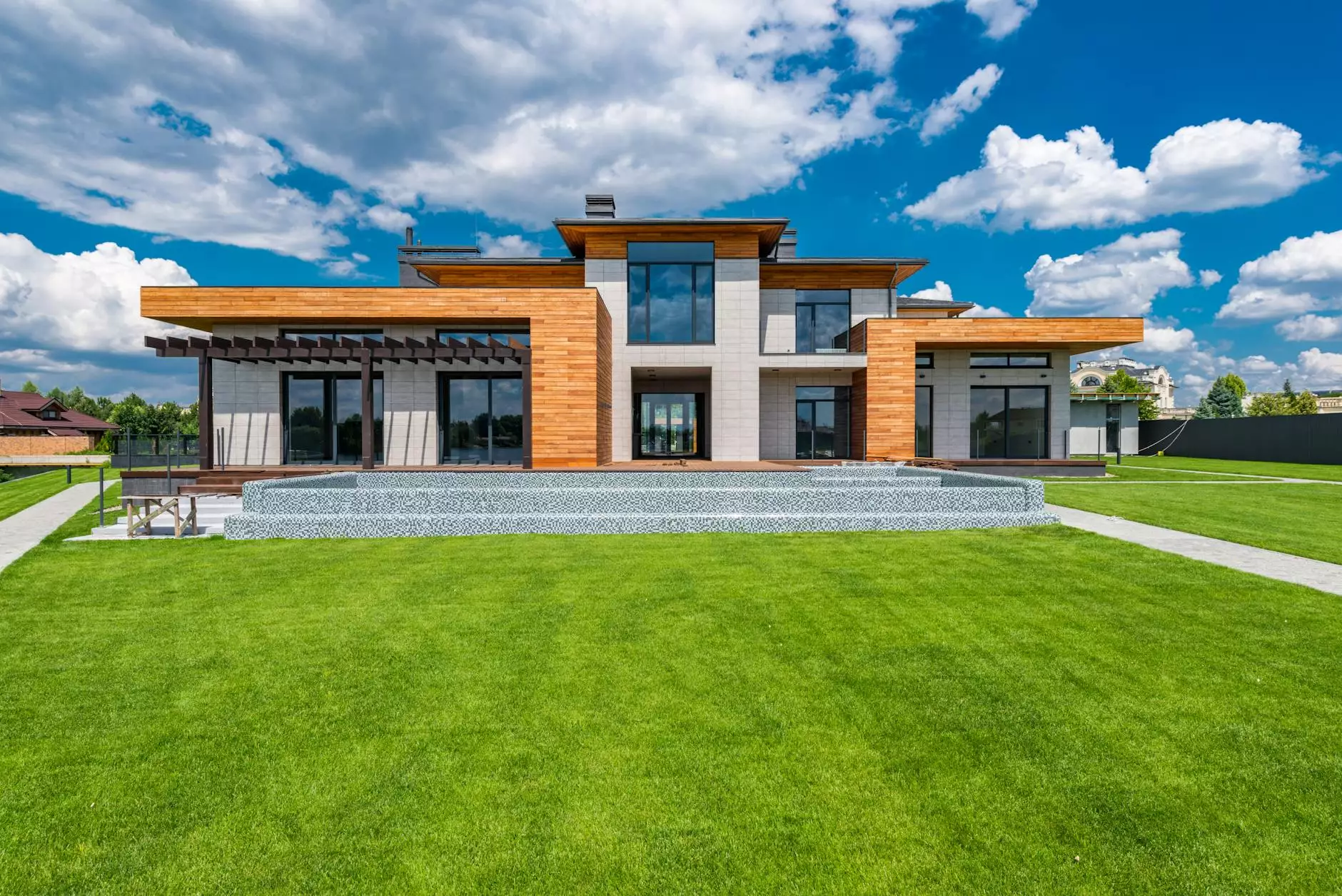FAQ: Can You Put New Roof Shingles on Top of Old Ones?

Welcome to Bio-One Atlanta's blog! Today, we'll explore a common question that many homeowners have - Can you put new roof shingles on top of old ones? If you're considering a roof upgrade or repair, this comprehensive guide will provide you with all the necessary information to make an informed decision and prioritize the safety and longevity of your home.
Why Consider Adding New Shingles?
Roof shingles are an essential part of your home's defense against the elements. Over time, however, they may deteriorate due to factors such as age, weather conditions, or improper installation.
If you've noticed signs of wear and tear on your existing shingles, such as cracks, curling, or missing pieces, it may be time to consider adding new shingles to improve the overall integrity and durability of your roof.
The Pros and Cons of Layering Shingles
Pros:
- Cost and Time Savings: Layering shingles can potentially save you money by avoiding the need to remove and dispose of the old shingles. It also saves time since the process is less labor-intensive.
- Improved Insulation: Adding a new layer of shingles can enhance your roof's insulation, providing better energy efficiency and potentially lowering your heating and cooling costs.
- Additional Protection: Layering shingles adds an extra barrier against leaks and water damage, which can increase the lifespan of your roof.
Cons:
- Weight: Multiple layers of shingles can substantially increase the weight load on your roof. It's crucial to ensure that your structure can support the additional weight without compromising its stability.
- Visibility of Issues: Adding new shingles on top of old ones may hide underlying issues. It's essential to conduct a thorough inspection to identify any structural or underlying problems before proceeding.
- Reduced Lifespan: While layering shingles can provide temporary relief, it typically reduces the overall lifespan of your roof compared to a complete replacement.
Factors to Consider
Before making a decision, consider the following factors:
1. Local Building Codes:
It's essential to consult your local building codes and regulations as some areas may not allow or have specific requirements for layering shingles.
2. Roof Condition:
If your existing roof has severe damage, extensive leaks, or structural issues, it's generally recommended to opt for a complete roof replacement rather than layering new shingles on top of old ones.
3. Cost Analysis:
Compare the costs of layering shingles against a complete replacement. Consider factors such as labor, materials, disposal fees, and the potential impact on your home's resale value.
4. Professional Consultation:
Always consult with a professional roofing contractor to assess the condition of your roof and discuss the best course of action based on your specific circumstances.
The Bottom Line
While layering new shingles on top of old ones may seem like a cost-effective solution, it's crucial to carefully evaluate the condition of your roof, consult with experts, and consider local regulations. A complete roof replacement might be a better long-term investment to ensure the safety, durability, and aesthetic appeal of your home.
When it comes to any roofing project, trust the experts at Bio-One Atlanta. We are a trusted name in the business and consumer services - cleaning industry, offering premier residential and commercial roof maintenance, repair, and replacement solutions. Contact us today for a professional consultation and ensure your roof is in the best possible condition!










